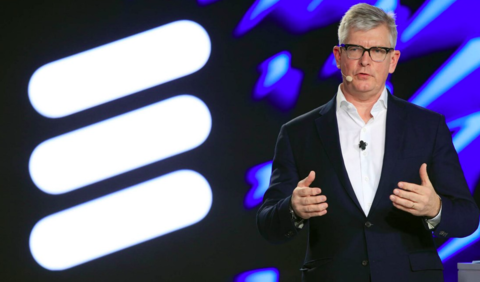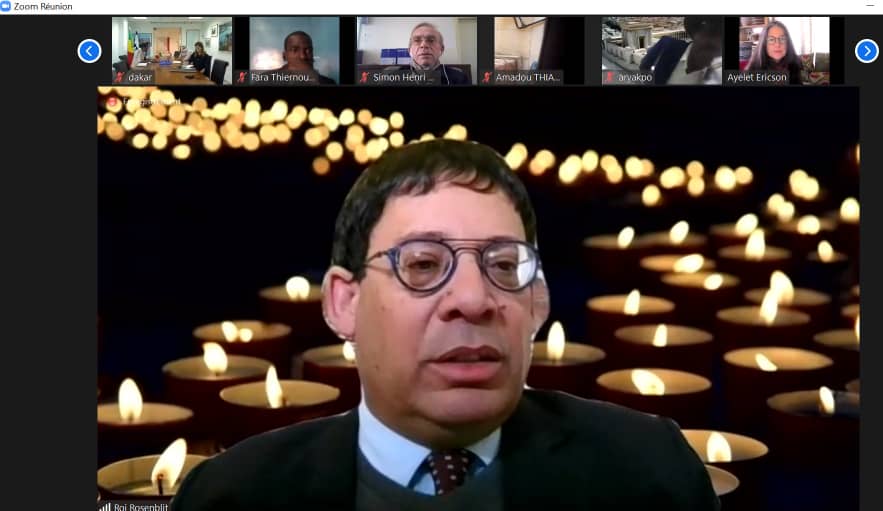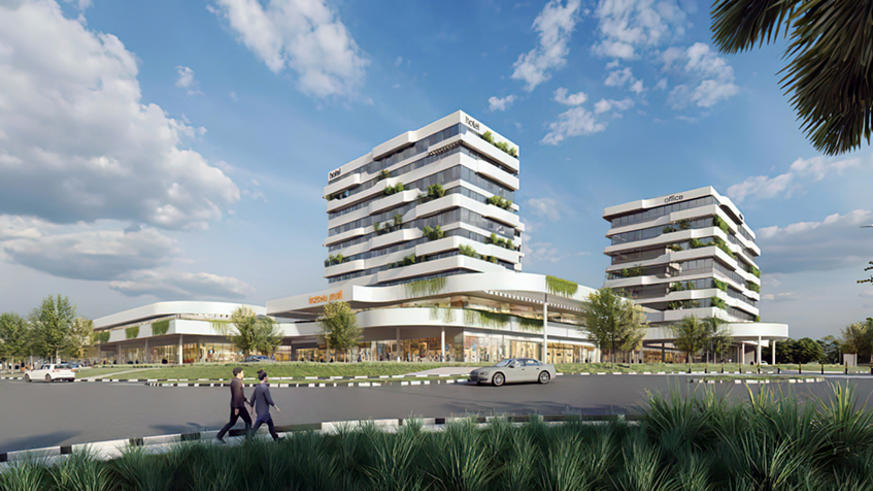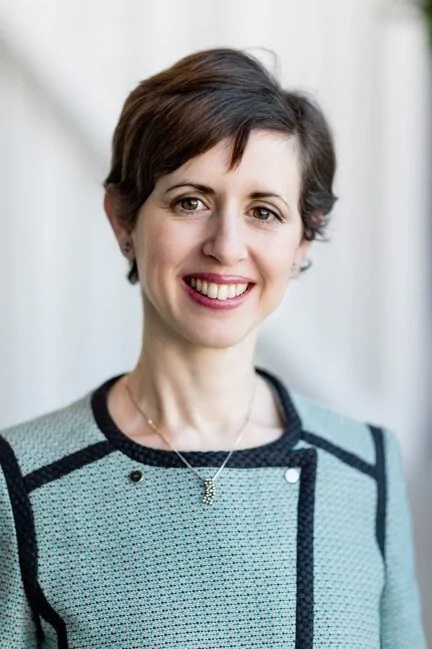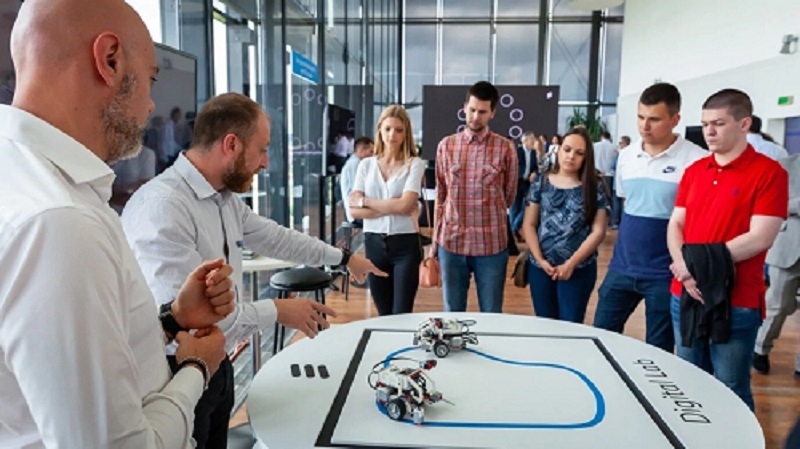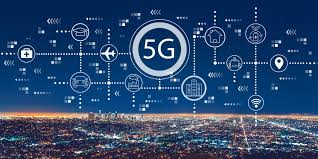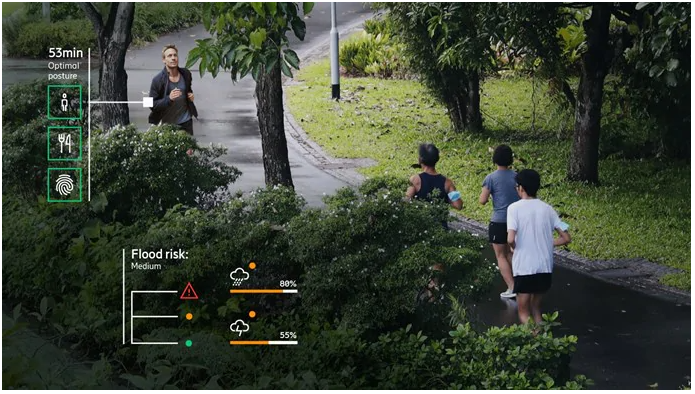À l’occasion du lancement de Hooza Podcast*, Hooza Media annonce la diffusion, à partir de ce vendredi 5 février, de la version audio du livre « Bisesero, le Ghetto de Varsovie Rwandais » de l’écrivain français Serge Farnel : des épisodes de 15 minutes, diffusés tous les 2 jours sur la plateforme, permettront aux auditeurs francophones de poursuivre, pendant plusieurs semaines, l’écoute de ce récit directement et gratuitement sur leur téléphone. Des témoignages de rescapés et d’anciens génocidaires, racontant notamment la participation de Blancs au grand massacre du 13 mai 1994 à Bisesero [Ouest du Rwanda], seront par ailleurs mis en ligne afin de permettre une véritable immersion des auditeurs, les aidant à mieux s’imprégner de cette partie ô combien sensible de l’Histoire contemporaine. Igihe s’est entretenu avec Serge Farnel au sujet de ce lancement.
Igihe : Pourquoi proposer une version audio de votre livre ?
Serge Farnel : C’est une façon de permettre au plus grand nombre d’accéder à ce pan essentiel de l’Histoire contemporaine africaine qu’a constitué cette ultime résistance de civils tutsi au dernier génocide du 20e siècle. Cet acte inouï de bravoure eut lieu dans les hautes collines de Bisesero, dans l’ouest du Rwanda. Cette histoire nous concerne tous, que nous soyons rwandais ou non, que nous vivions en Afrique ou non.C’est notre Histoire à tous. Or tout le monde ne lit pas ou ne peut pas facilement se concentrer sur la lecture d’un récit aussi dense. Aussi, quand Victor Nkindi, le fondateur de Hooza Media, m’a suggéré de l’enregistrer dans ses studios, j’ai trouvé l’idée formidable.
Quand avez-vous réalisé cet enregistrement ?
En 2014, alors que je présentais ce livre au Rwanda à l’occasion de la 20e commémoration du génocide. Tout le monde était alors regroupé dans la capitale. Je m’étais, pour ma part, rendu à Bisesero car je tenais à être aux côtés des Basesero[Habitants de Bisesero] ce jour-là.
On se souvient que des rescapés du grand massacre du 13 mai à Bisesero étaient venus, cette année, au mémorial de Kigali, témoigner de la participation active de Blancs à ce massacre.
Oui, les caméras de la télévision rwandaise étaient là également et les téléspectateurs rwandais ont pu les voir et les entendre parler de ces Blancs du 13 mai dans ce lieu haut en symbole. Quant au public présent, ils ont pu poser toute les questions qu’ils désiraient alors poser. C’était un moment important pour ces rescapés. Siméon Karamaga, chef adjoint de la résistance civile de Bisesero, racontant avoir vu des Blancs se réunir le 12 mai 1994 avec ses assassins à Ruhuha (Bisesero).
Siméon Karamaga, chef adjoint de la résistance civile de Bisesero, racontant avoir vu des Blancs se réunir le 12 mai 1994 avec ses assassins à Ruhuha (Bisesero).
Expliquez-nous comment les auditeurs vont pouvoir écouter ce récit.
Victor Nkindi a tenu à le rendre accessible à tous facilement et gratuitement. Les futurs auditeurs n’auront ainsi qu’à cliquer sur un lien [https://hoozapodcast.glideapp.io] qui installera sur leur téléphone mobile une nouvelle icône, « Hooza podcast », leur permettant, une fois tous les deux jours, d’écouter gratuitement 15 minutes de la narration de cette histoire.
Une sorte de rendez-vous réguliers, en somme ?
C’est exactement ça. Et bien sûr, si vous n’avez pas pu écouter l’épisode précédent, vous le trouverez sur la plateforme de Hooza.
La particularité de ce récit, c’est qu’il s’appuie sur de très nombreux témoignages, c’est bien cela ?
Très nombreux, oui. Il s’agissait en effet de construire le récit le plus complet possible de l’Histoire du génocide à Bisesero. Ces témoignages, je ne suis pas le seul à les avoir recueillis. Je m’appuie ainsi sur de très nombreuses sources : African Rights, Commission Mucyo, reportages journalistiques, autres enquêteurs …
La particularité des témoignages que vous avez vous-mêmes recueillis, c’est toutefois qu’ils concernent la participation directe de Blancs au massacre du 13 mai qui fit près de 50 000 victimes civiles à Bisesero.
Tout à fait. Mais je ne suis pas le seul à en avoir recueillis. Il y a ainsi ceux recueillis par un deuxième enquêteur qui est d’ailleurs, comme il l’explique en détail dans un article, retombé par hasard sur cette participation, et ce par un canal tout à fait différent du mien. J’ai appris qu’il avait enfin récemment pu revenir au Rwanda. Et puis un troisième enquêteur qui a également confirmé cette présence de Blancs le 13 mai.
J’ai toutefois été informé qu’il était interdit, depuis quelques années, d’interroger des rescapés de Bisesero en dehors d’une liste restreinte de témoins qui n’ont, eux, pas vu ces Blancs du 13 mai. Ceci n’a pas manqué de surprendre, il y a deux ans, un journaliste français de RFI qui en a alerté les auditeurs sur les ondes de la radio française. Mais je ne doute pas que les choses vont évoluer, et ce paisiblement. Le Rwanda est trop attaché à l’entière vérité pour passer, même partiellement, à côté de son Histoire.
D’autant que la présence de ces Blancs le 13 mai avec des armes lourdes signe l’incroyable courage de ces civils tutsi hors du commun, en ce que ce fut là le seul moyen de venir à bout de leur résistance. Aussi, poser entièrement leur Histoire est un hommage dont on ne doit pas les priver. C’est un devoir que nous avons tous vis-à-vis d’eux.
Pour en revenir aux témoins que j’ai interrogés moi-même, j’y inclue aussi ceux que j’ai recueillis et qui ne mentionnent pas les Blancs du 13 mai, soit parce que leur témoignage concerne un autre endroit, soit parce qu’il n’en ont pas vus eux-mêmes ce jour-là à Bisesero.
Le récit ne concerne donc pas que Bisesero ?
En fait si, mais on ne peut pas saisir ce qu’il s’y passe sans comprendre ce qui amène tant de Tutsi à progressivement rejoindre cet endroit. Or pour cela, il faut également raconter ce qu’il se passe dans la ville de Kibuye située en contrebas des hautes collines de Bisesero, ville que certains Tutsi vont parvenir à fuir pour éviter d’être massacrés dans les stades ou les églises.
Et si on parle, par exemple, du stade de Kibuye, il nous faut comprendre comment les génocidaires sont parvenus à les y regrouper. Cela nous amène dans une autre commune, celle de Mabanza, où l’on suit une famille forcée de faire une marche d’une vingtaine de kilomètres à pieds pour rejoindre ce stade. Elle va y entrer alors que s’y trouve (ou s’y trouvera, je ne me souviens plus qui y arrive en premier) une autre famille que l’auditeur suit parallèlement, mais qui, elle, habitait en face du stade.
C’est ça, l’esprit du récit : avoir les yeux partout et tout le temps pour être en mesure de construire ces événements dans ses plus fins détails, aussi bien dans l’espace que dans le temps.
Vous disiez également, pour ce qui concerne les témoignages du 13 mai, que vous incluez ceux qui n’ont pas vu de Blancs ?
Oui, et ce dans le même esprit que ce que je viens de vous expliquer. Il faut savoir que même si un nombre significatif de rescapés témoignent de la présence de ces Blancs le 13 mai, ce nombre reste probablement très faible en pourcentage de l’ensemble des rescapés de Bisesero.
Et pour cause : quand bien même leur présence fut déterminante, ces Blancs pourraient bien n’avoir été qu’entre vingt et quarante, au milieu d’une foule de milliers de génocidaires rwandais, militaires, milices Interahamwe ou encore paysans hutu. Or les Tutsi couraient pour échapper au feu des armes lourdes et des mitraillettes, pour échapper aux grenades et aux machettes. Tous n’ont dès lors bien sûr pas été en mesure de les apercevoir.
C’est l’occasion de dire que si vous ne cherchez pas à rencontrer ceux susceptibles de témoigner de leur présence, vous ne tomberez qu’avec peu de chance sur ce type de témoignage, d’autant qu’un rescapé les ayant vus ne vous livrera pas nécessairement spontanément une information dont il ignore qu’elle vous importe. Mais heureusement, il en reste suffisamment qui peuvent témoigner de leur présence et qui d’ailleurs l’ont déjà fait. Serge Farnel et Victor Nkindi dans les studios d’enregistrement de Hooza Media
Serge Farnel et Victor Nkindi dans les studios d’enregistrement de Hooza Media
Comment le public a-t-il réagi à cette information de la participation active de Blancs à ce grand massacre ?
Dès lors que l’on prend le temps de se confronter à ces témoignages, on ne peut pas faire grand-chose d’autre que d’accepter de prendre en compte ce qu’ils nous disent. Il y a toutefois probablement eu, pour certaines personnes, une phase de sidération, voire d’impossibilité à faire face à une telle information, d’autant plus s’ils ont été sous l’influence de cette tentative, un temps, de disqualifier les témoins qu’on est allé jusqu’à calomnier !
J’ai cependant, depuis que j’en ai été informé, publié sur le site web de l’enquête [www.bisesero.net] les éléments permettant de mettre un terme à cela. On va considérer que cela aura fait partie du chemin que doivent emprunter les faits dans leur marche vers l’Histoire et que le proverbe rwandais résume à sa façon : « La vérité traverse l’épreuve du feu sans se consumer. »
En revanche, il est légitime de se demander comment la présence de Blancs au massacre du 13 mai n’aura été inscrite dans l’Histoire que si longtemps après les faits, et notamment après la commission Mucyo [Commission rwandaise chargée de rassembler les preuves de l’implication de la France dans le génocide, ndlr]
Je l’ai expliqué sur le site de l’enquête ainsi que dans mon premier livre. Il se trouve que j’ai accompagné, en tant que journaliste, cette commission en décembre 2006 à Bisesero. Elle a concentré son enquête sur les trois jours du 27 au 30 juin 1994 de l’opération Turquoise [mission officielle française ayant débuté le 22 juin 1994 au Rwanda, ndlr], ce qui se comprend dès lors que sa mission était de rassembler les preuves de l’implication de la France dans le génocide.
Il lui fallait donc se concentrer sur les dates des missions officielles françaises. Aussi elle a fait exactement ce pour quoi elle avait été missionnée. Et elle l’a fait d’une manière admirable. Sur ce point, le travail qu’a fourni cette commission est, pour l’Histoire, exceptionnel. Mon enquête a démarré, elle, un an après la publication de son rapport, et j’ai aussitôt prévenu M. Mucyo de ce que je venais de découvrir.
Quand précisément l’avez-vous informé ?
Juste après avoir enregistré les premiers témoignages de la présence de Blancs les 12 et 13 mai à Bisesero. De retour à Kigali, la première chose que j’ai faite est de prévenir par téléphone un des commissaires de la commission Mucyo, après quoi j’ai appelé son président, autrement dit Jean de Dieu Mucyo lui-même, qui était alors secrétaire exécutif de la CNLG [Commission nationale de lutte contre le génocide]. Ce dernier a immédiatement tenu à me rencontrer. M. Mucyo et moi-même avons alors longuement discuté pour essayer de comprendre qui pouvaient bien être ces Blancs.
Après avoir analysé les rushes dont je lui ai laissé une copie dans un souci de totale transparence, il m’a demandé de revenir pour poursuivre mon enquête, allant jusqu’à participer, avec Tharcisse Karugarama, alors ministre rwandais de la Justice, à son financement. Quand il me l’a demandé, je n’ai senti aucune gêne de sa part. Il avait, au cours des deux années qui précèdent, enquêté avec son équipe sur la partie qui lui avait été confiée. Quant à moi, je ne faisais qu’amener un élément supplémentaire relatif à une période située, elle, en dehors des missions officielles françaises. En effet, le grand massacre de Bisesero a eu lieu le 13 mai, autrement dit après la fin de l’opération française Amaryllis d’évacuation des Occidentaux (15 avril) et avant le début de l’opération française Turquoise (22 juin), mission présentée comme humanitaire.
Revenons au récit que vont entendre les auditeurs. Vous expliquez dans votre livre que ce n’est pas votre livre, mais celui des témoins. Expliquez-nous.
Ce n’est pas juste une formule : c’est la nature même de ce récit. Le texte a, pour une grande partie, été construit avec les mots des témoins. J’ai pris soin de rester au plus près de leur parole. Concrètement : une phrase peut être constituée par un ou plusieurs extraits de leur témoignage, ce afin de tendre vers un observateur qui aurait vu la scène sous plusieurs angles, ce qui n’est évidemment pas possible pour une seule personne.
J’ai enfin pris soin de rester au plus près de leurs mots en préservant aussi bien le contenu de leur récit que leur façon de le raconter. Quand on me dit qu’un « gros fusil » parvenait à envoyer des balles qui faisaient « trembler la colline », je ne traduis pas cela en parlant d’un tir à l’arme lourde, mais je laisse les choses ainsi. Aussi ce récit est-il vraiment le leur. J’ajoute enfin que toutes les traductions ont été vérifiées mot à mot par des Rwandaises (sept Rwandaises ont participé à ce formidable travail).
Le livre est par ailleurs très sourcé.
Toutes les phrases de ce récit sont associées à une note en fin d’ouvrage. Lorsqu’il m’arrive de faire une analyse personnelle, la note indique « note de l’auteur ». Aussi le lecteur sait d’où vient tout ce qui est écrit. Les auditeurs doivent donc savoir que tout ce qu’ils vont entendre est sourcé.
Donc, des épisodes de 15 minutes tous les deux jours. Cela nous amène jusqu’à quelle date ?
Fin de l’année.
Qu’attendez-vous de cet événement ?
Qu’il contribue à faire connaître ce pan de l’Histoire à mes contemporains, tout en espérant que le Rwanda fera ce qu’il faut, avant qu’il ne soit trop tard, pour ne pas laisser les génocidaires blancs du 13 mai impunément en liberté, et ce qu’il soient français ou non, qu’ils aient alors été des soldats en active dans l’armée ou bien des mercenaires. Qu’importe ! Mais cessons de perdre du temps. Ils doivent rendre des comptes.
Une des pistes sérieuses est celle des hommes du mercenaire Paul Barril qui ont probablement fait partie de ce groupe de génocidaires. Un certain nombre éléments factuels le laissent penser. Et ces hommes sont identifiables. On parle tout de même de cinquante mille civils massacrés en une journée ! Ne l’oublions pas. Notre responsabilité à ne pas agir est énorme devant l’Histoire.
*Hooza Podcast est une application gratuite au contenu proposé libre d’accès, téléchargeable sous le lien https://hoozapodcast.glideapp.io
Site web de l’enquête : www.bisesero.net
Lisez l’article originale https://fr.igihe.com/spip.php?page=mv2_article&id_article=29607

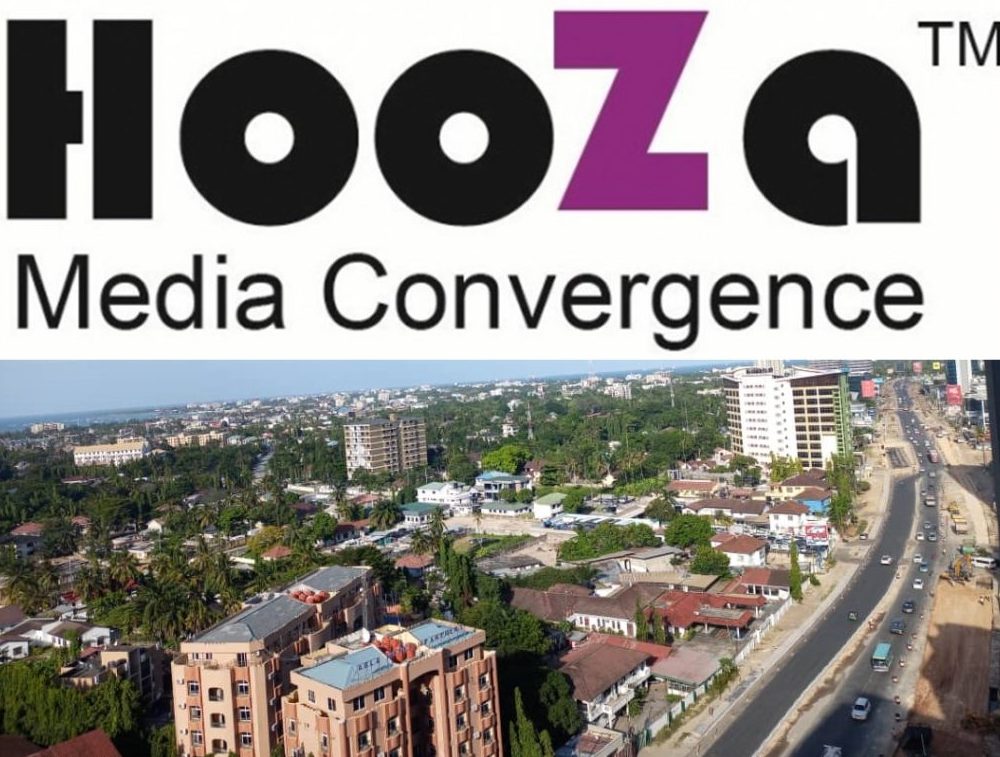
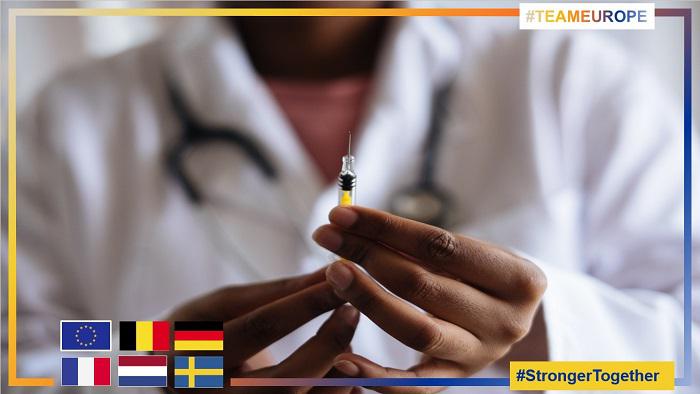
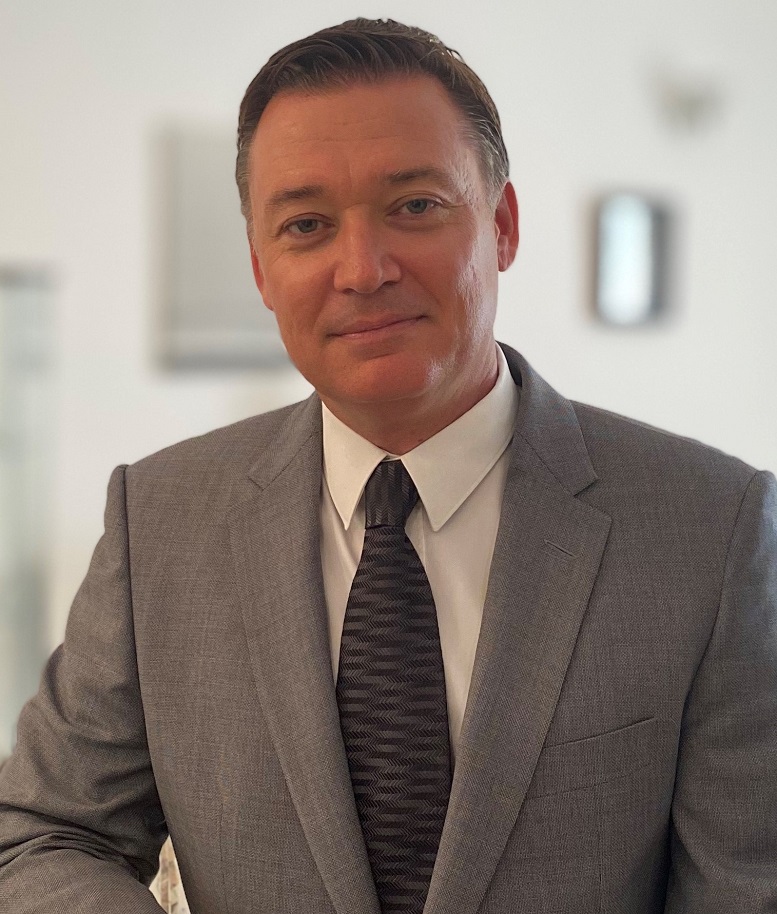

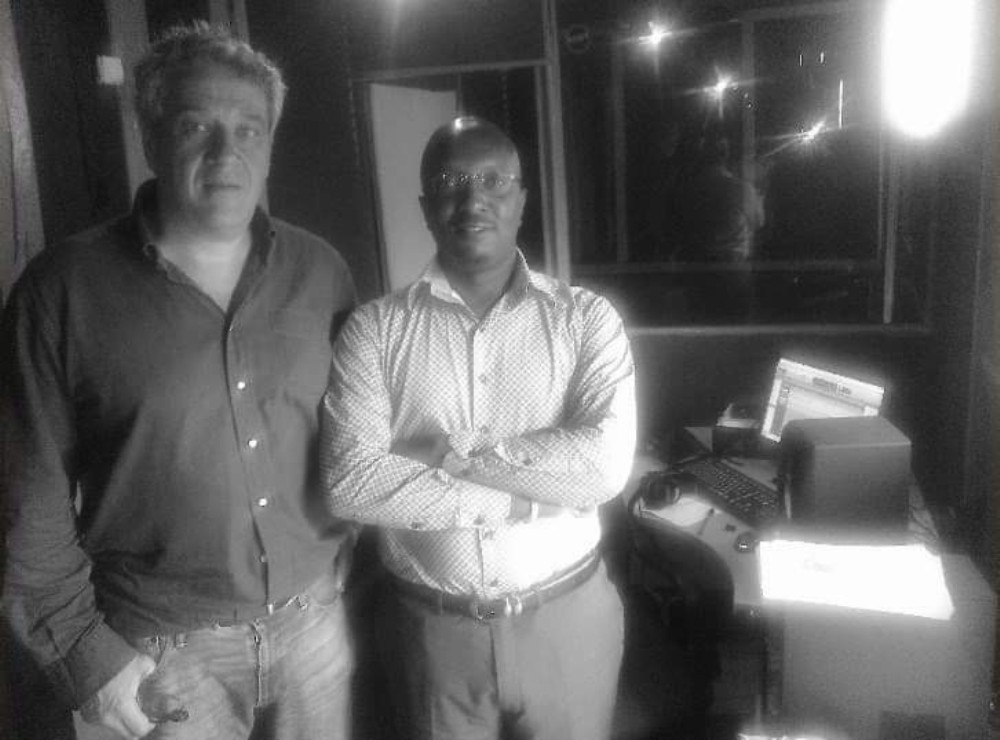
 Siméon Karamaga, chef adjoint de la résistance civile de Bisesero, racontant avoir vu des Blancs se réunir le 12 mai 1994 avec ses assassins à Ruhuha (Bisesero).
Siméon Karamaga, chef adjoint de la résistance civile de Bisesero, racontant avoir vu des Blancs se réunir le 12 mai 1994 avec ses assassins à Ruhuha (Bisesero). Serge Farnel et Victor Nkindi dans les studios d’enregistrement de Hooza Media
Serge Farnel et Victor Nkindi dans les studios d’enregistrement de Hooza Media